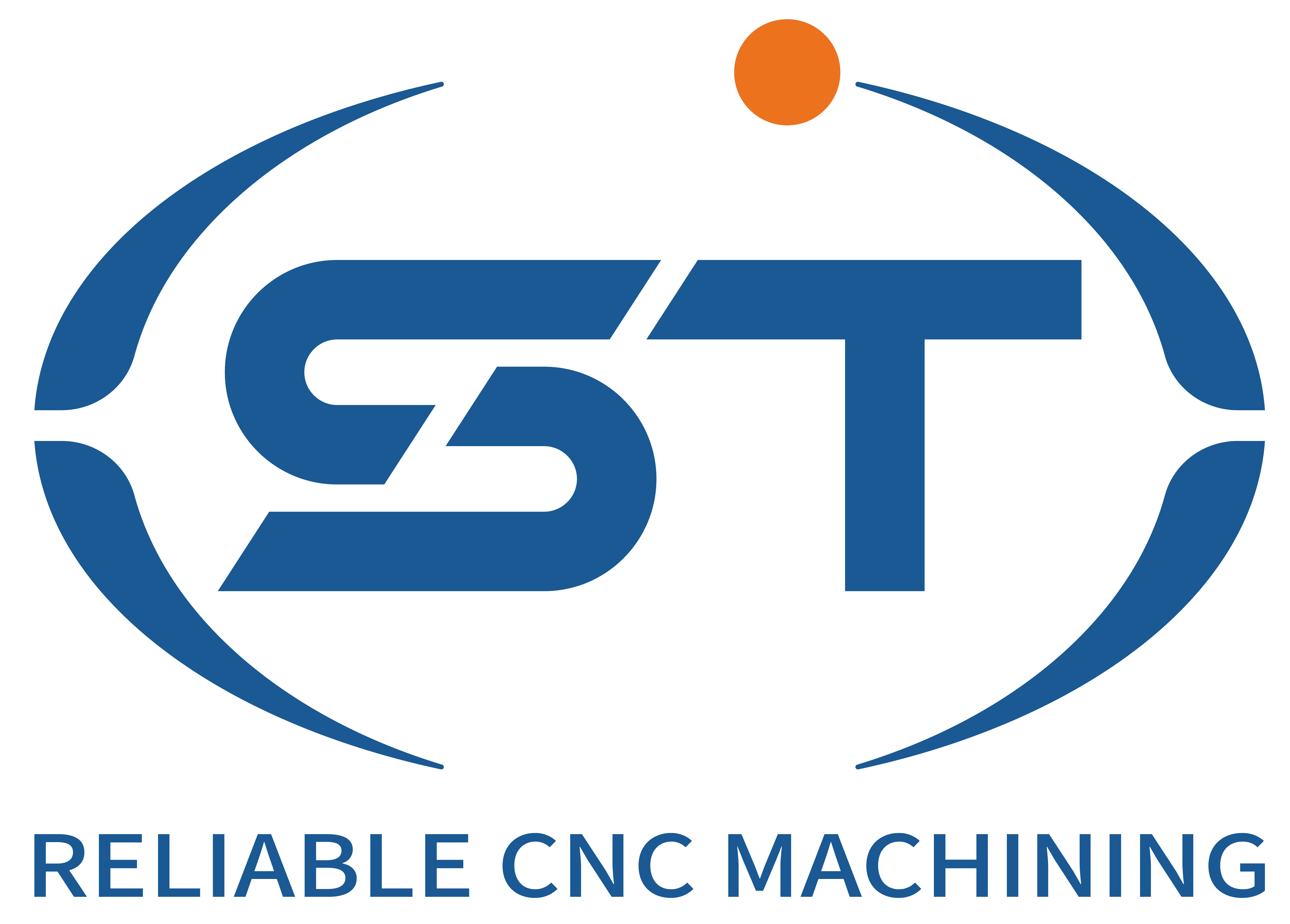Table of Contents
ToggleUnderstanding Design for Manufacturability (DFM)
Design for Manufacturability (DFM) is a vital concept in modern manufacturing, particularly within the realm of Akkordeon #1. It refers to a set of principles aimed at optimizing product designs to facilitate easier and more cost-effective manufacturing. By embedding DFM considerations into the design process, manufacturers can significantly reduce production costs, enhance product quality, and minimize lead times.
One of the core objectives of DFM is to simplify product designs. This entails creating components that are easier to produce and assemble, which in turn, diminishes the likelihood of errors during manufacturing. Simplification often leads to fewer parts, which reduces the overall assembly time and costs associated with manufacturing. Additionally, by limiting complexity, designers can alleviate the challenges that may arise during the machining processes, making it easier for CNC machines to produce high-quality components.
Minimizing setups is another crucial aspect of DFM. Each setup in a CNC machining environment can introduce delays and complications, resulting in higher production costs. By designing parts that can be machined in fewer setups, manufacturers can improve operational efficiency. This approach not only enhances productivity but also contributes to better consistency in product quality.
The choice of materials also plays a pivotal role in the DFM framework. Selecting appropriate materials that align with the manufacturing capabilities and processes can lead to substantial reductions in waste and production time. Understanding the properties of materials and their behavior during the machining process ensures that products are designed with manufacturing constraints in mind, ultimately resulting in improved performance and cost savings.
Overall, the integration of Design for Manufacturability principles is essential in the context of CNC machining, as it fosters an environment where efficiency, quality, and economic viability coexist within the manufacturing landscape.
Key Principles of DFM
Design for manufacturability (DFM) plays a critical role in optimizing the CNC machining process. By following key principles, designers can create components that not only meet specifications but also facilitate efficiency in manufacturing. One of the fundamental principles of DFM is minimizing material removal. In traditional machining processes, excessive removal of material can lead to increased production costs and longer lead times. By designing parts that require less material to be cut away, engineers can significantly improve the overall manufacturing efficiency. For example, designing a component with a hollow section rather than a solid block could effectively reduce the amount of material that needs to be machined, which not only saves costs but also reduces waste.
Another essential principle involves reducing complexity in the design. Complicated geometries often lead to intricate machining processes, which can increase the risk of errors and extend the time required for production. By simplifying shapes and features, such as using standard sizes and streamlined profiles, manufacturers can streamline the machining operations. For instance, opting for fewer tight tolerances or avoiding unnecessarily complex surfaces can dramatically enhance machining speed and accuracy, thereby reducing both costs and lead times.
Utilizing machinable materials effectively is also a key principle in DFM. The choice of material significantly affects the ease and cost of machining. Certain materials, such as aluminum or certain plastics, are easier to machine compared to harder metals like stainless steel or titanium. Selecting machinable materials that align with the intended function and performance of the part can lead to lower manufacturing costs and shortened processing times. Understanding these materials’ properties helps designers make informed choices that can dramatically improve CNC machining outcomes, optimizing production without sacrificing quality.
Benefits of Implementing DFM at the Concept Stage
Design for Manufacturability (DFM) serves as a pivotal framework that integrates quality and efficiency into the CNC machining process right from the concept stage. By establishing DFM principles early, designers can optimize their products for better manufacturability, resulting in quicker iterations and valuable cost savings. This proactive approach encourages collaborative input from both design and manufacturing teams, which enhances communication and reduces the probability of errors that could arise later in the production cycle.
One of the key advantages of applying DFM during the initial phases of design is the ability to perform schnelle Prototypenentwicklung. When designers consider manufacturability upfront, they can create parts that are easier to fabricate, thus allowing for expedited testing and iteration. This not only shortens the product development timeline but also enables teams to identify and resolve potential issues before they escalate, ultimately leading to higher quality outputs.
Furthermore, integrating DFM principles ensures enhanced part consistency. By understanding the capabilities and limitations of CNC machining, designers can tailor their designs to align with the chosen manufacturing processes, minimizing variations in production. This consistency is crucial in industries where precision is paramount, as it guarantees that each component meets stringent quality standards.
Case studies provide compelling evidence for the successful implementation of DFM principles. For instance, a leading automotive manufacturer adopted DFM practices at the concept stage and reported a significant reduction in manufacturing costs and lead times, while simultaneously improving product quality. These success stories underscore the necessity of incorporating DFM into the initial phases of product design, showcasing its potential to drive innovation and efficiency across various sectors in CNC fabrication.
Challenges in DFM Adoption and Solutions
The adoption of Design for Manufacturability (DFM) within CNC machining processes is a critical step towards optimizing production efficiency. However, several challenges often hinder effective implementation. One prominent barrier is resistance to change among stakeholders. Many traditional manufacturing environments are entrenched in established methods, and shifting towards DFM practices can be met with skepticism. This resistance can stem from a fear of the unknown or concerns about potential costs involved in retraining or retooling processes.
Additionally, a lack of understanding and knowledge about DFM principles poses a significant challenge. Designers and engineers may be unfamiliar with the benefits of DFM, leading to missed opportunities for enhancing manufacturing capabilities. This knowledge gap can result in designs that don’t align with manufacturability, ultimately increasing production costs and times. Furthermore, design constraints such as tight tolerances and complex geometries can complicate DFM integration. These constraints necessitate a careful balance between aesthetic design and functional manufacturability, which can be difficult to navigate.
Solutions to these challenges are imperative for fostering a culture of DFM. Initiating comprehensive training programs can help mitigate the knowledge gap, empowering staff with the necessary skills to embrace DFM practices. Workshops and seminars can facilitate discussions about the advantages of DFM, making a compelling case for its integration. Furthermore, involving cross-functional teams early in the design process encourages collaboration and communication, which may reduce resistance to change. Lastly, adopting software tools that simulate manufacturability can assist designers in visualizing the impact of their design decisions, addressing design constraints effectively. By implementing these strategies, organizations can enhance their DFM adoption, ultimately leading to improved manufacturing outcomes.




